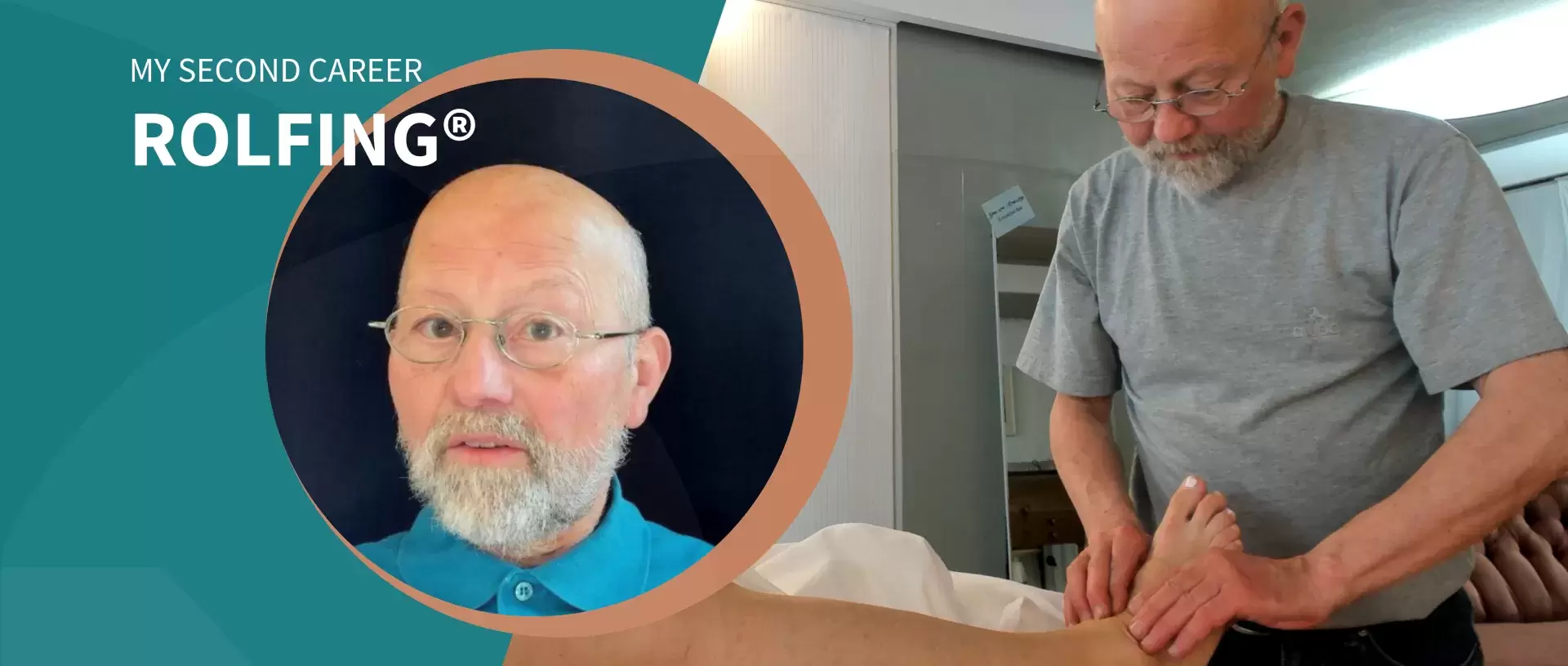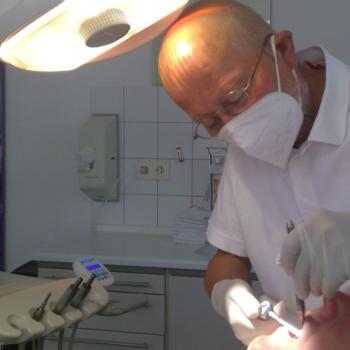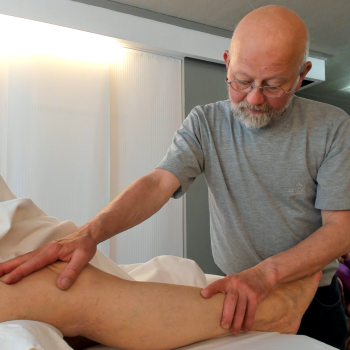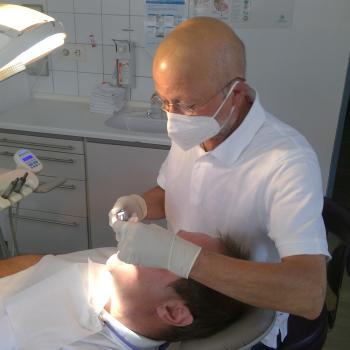By Stefan Kirn, Certified Rolfer®
When I graduated from dental medicine and began to practice, the feeling that something still was missing appeared soon. I wanted to pay a more comprehensive attention to people and therefore I explored the edges of dentistry: Acupuncture, medical hypnosis, relaxation techniques, treatment of anxiety, smoking cessation, focusing, counselling techniques, psychosomatics and psychological consultation helped me to enlarge my work experience.
I was really attracted by bodywork
I encountered Rolfing® the first time in a workshop held by Leland Johnson, a contemporary of Dr. Ida Rolf and Fritz Perls, who also lived in Esalen for some time. His work ‘Living Gestalt und Body Awareness’ combines elements of both, bodywork and Gestalt work.
I really was attracted by bodywork. It is so fundamental, and when I accidentally landed on the European Rolfing® Association’s website, I decided to attend the Meet Rolfing taster weekend. And now I am Rolfing practitioner.
Rolfer & Dentist
My dental work continued all the time. My patients became models now and whenever possible, I weaved elements of Rolfing into the dental treatment. Particularly patients with functional problems, for example limitations in movement and pain caused by tenseness and stress, showed remarkable outcomes, even on short treatments. One patient with CMD for example completed the ten series spontaneously after a short-term intervention.
So I had found my more comprehensive approach to people.
Primarily regarded as support for my main profession, Rolfing & Dentistry became equal and independent from each other
Why Rolfing?
Dr. Rolf’s approach of initiating a process, of acting as catalyser and of going along with the client, differs a lot from other types of bodywork. In former days, they say, Rolfing has been very painful, but as I was taught it, this soft, cautious, and caring manipulation heals and shows new opportunities to body and mind.
Supporting the process and seeing how changes arise is a great pleasure and makes me happy
There are many additional tests and techniques integrated in Rolfing, but in my eyes, the base is to touch, to concern the client. This takes place on all levels of health (physical, mental and social) and so every client takes something along for his evolution.
Of course, there are clients who abandon. Perhaps their expectations did not fit - you cannot replace lost joint cartilage by Rolfing and Halux Valgus in the end needs surgery. Nevertheless, the client can also be supported here with Rolfing SI.
In other cases, the treatment sets free a lot of tensions, which results in pain after the session. Consequently, clients may be frustrated and end the Rolfing treatment. A prophylactical hint that such temporary deterioration may occur, plus the offer to contact the Rolfer for an emergency intervention, could help to prevent this.
Meanwhile I have reached the age of retirement and I have ended my dental career.
The change to ‘Rolfing only’ is easy for me, since dentistry was profession, but Rolfing is vocation
And beyond that clients enjoy Rolfing, they ask for the next date, I can talk to them while I’m working, they are not anxious… how about dentistry?
I’m still at the beginning. Now I will prepare for the advanced training, hoping to get a bigger picture of body relations, complaints and discomforts, and specific interventions, which I do not call therapy, since
Gravity is the therapist (Ida Rolf)
Author: Certified Rolfer®, Stefan Kirn - Germany
Editing: Sabine Becker
Photos : private photos supplied by Stefan Kirn
More information on how to become a Certified Rolfer®.
Learn more about Rolfing.
Find a Rolfer near you.
Want to know more?
Sign up for our newsletter and receive regular information about Rolfing® Structural Integration.










